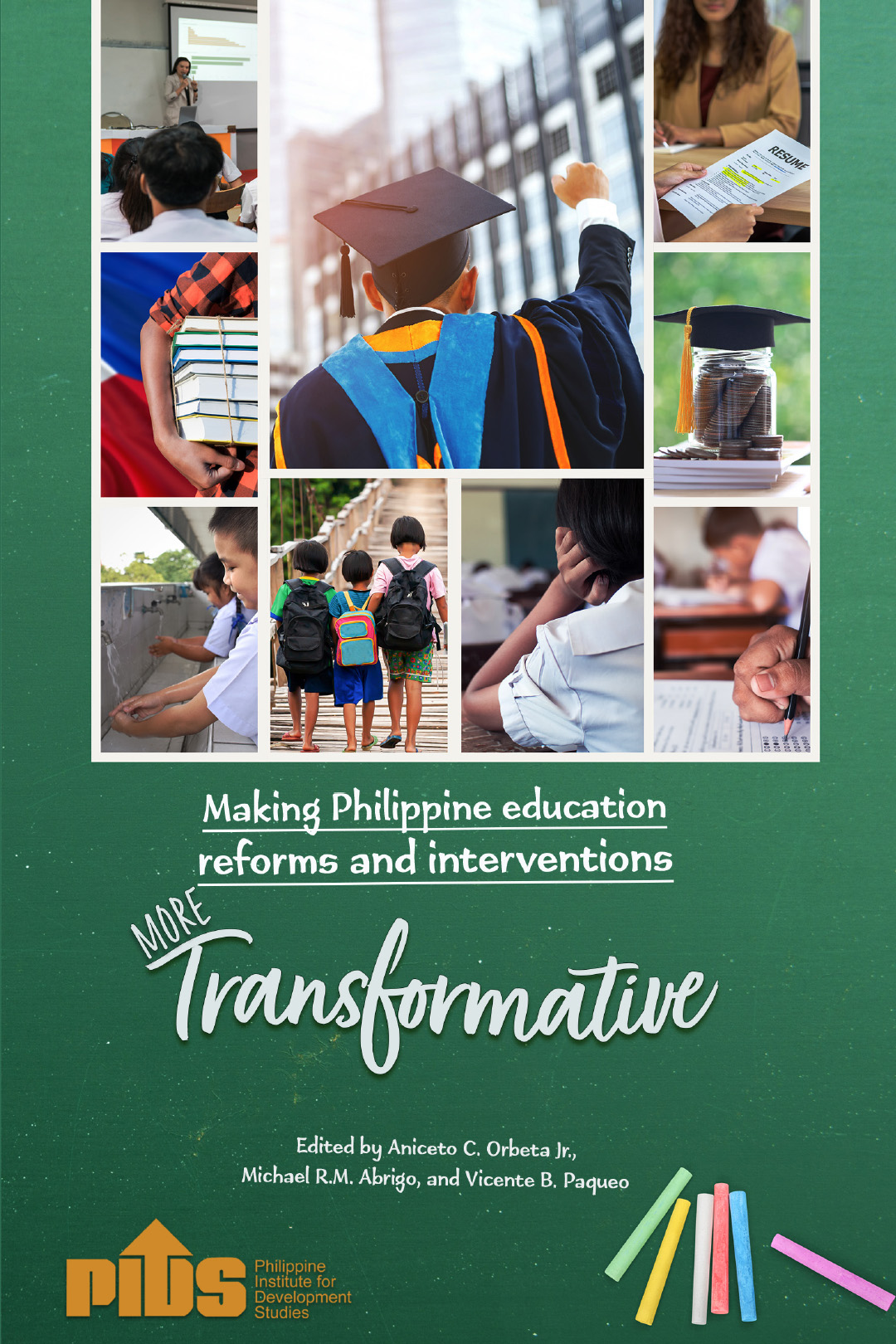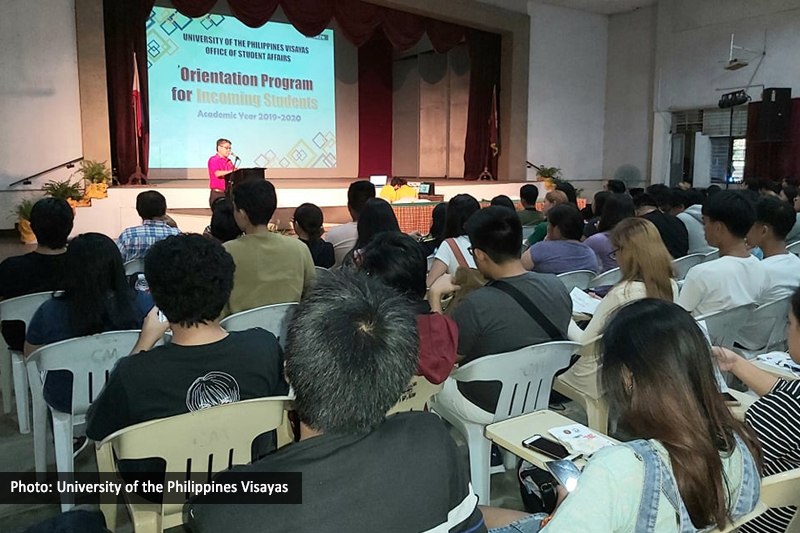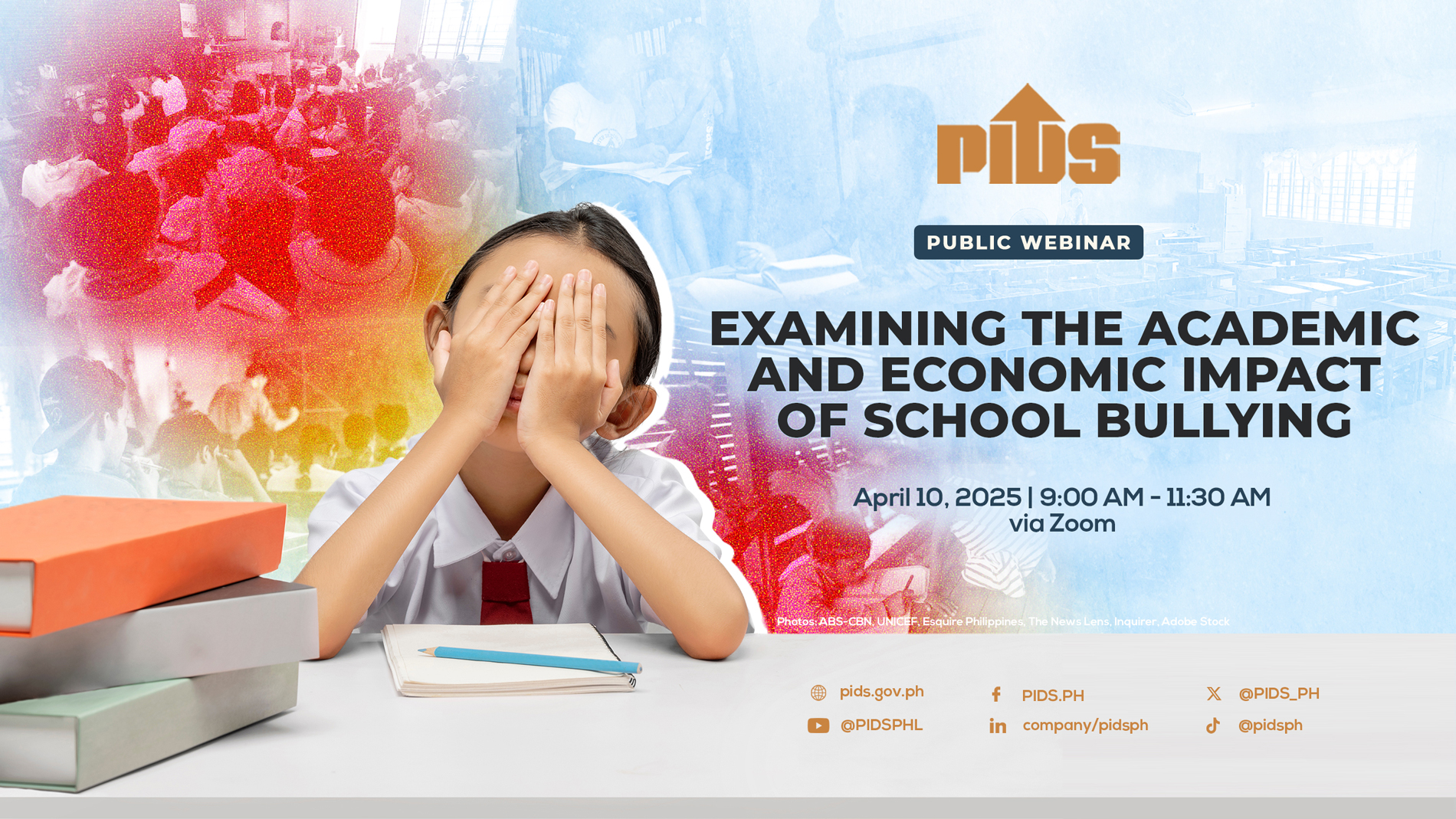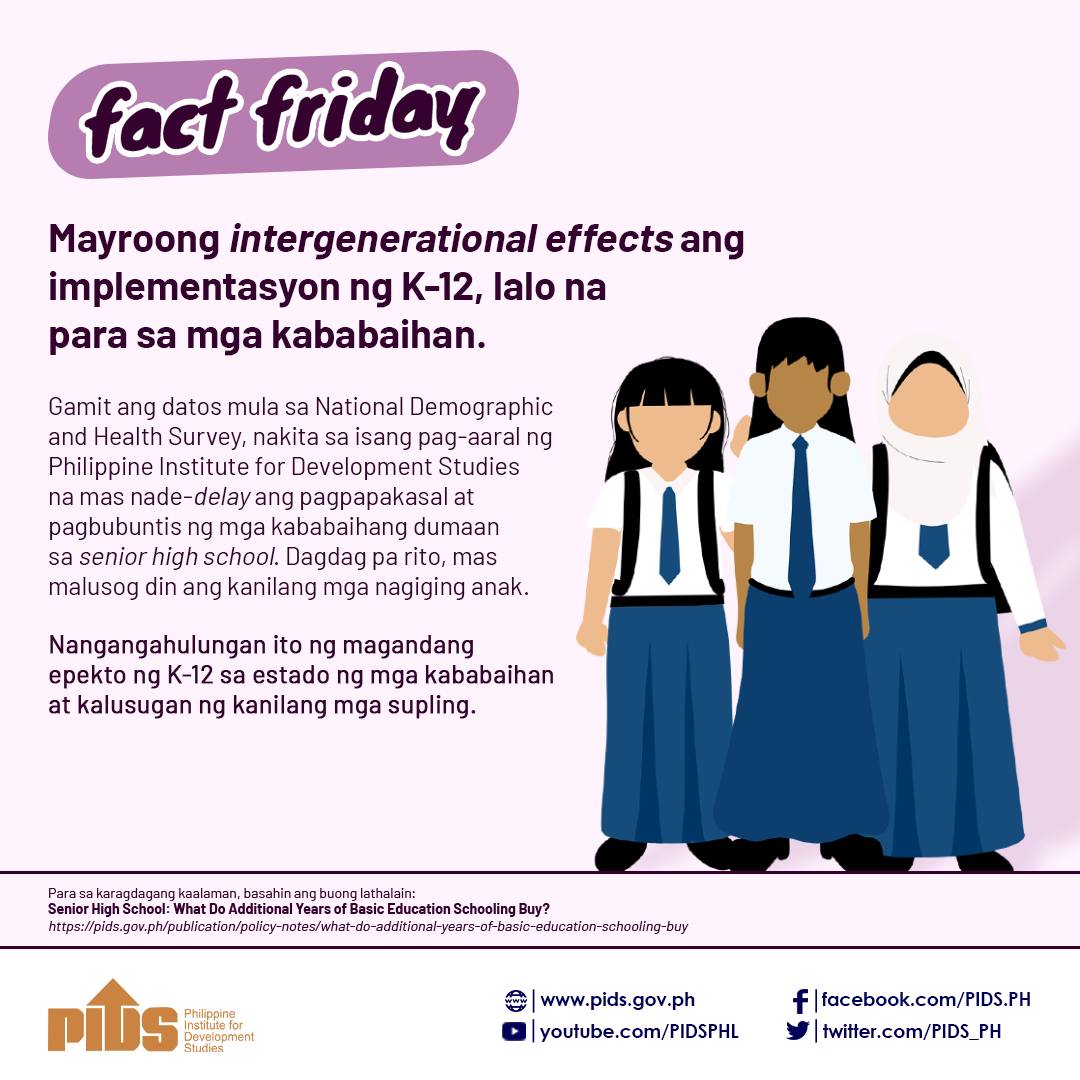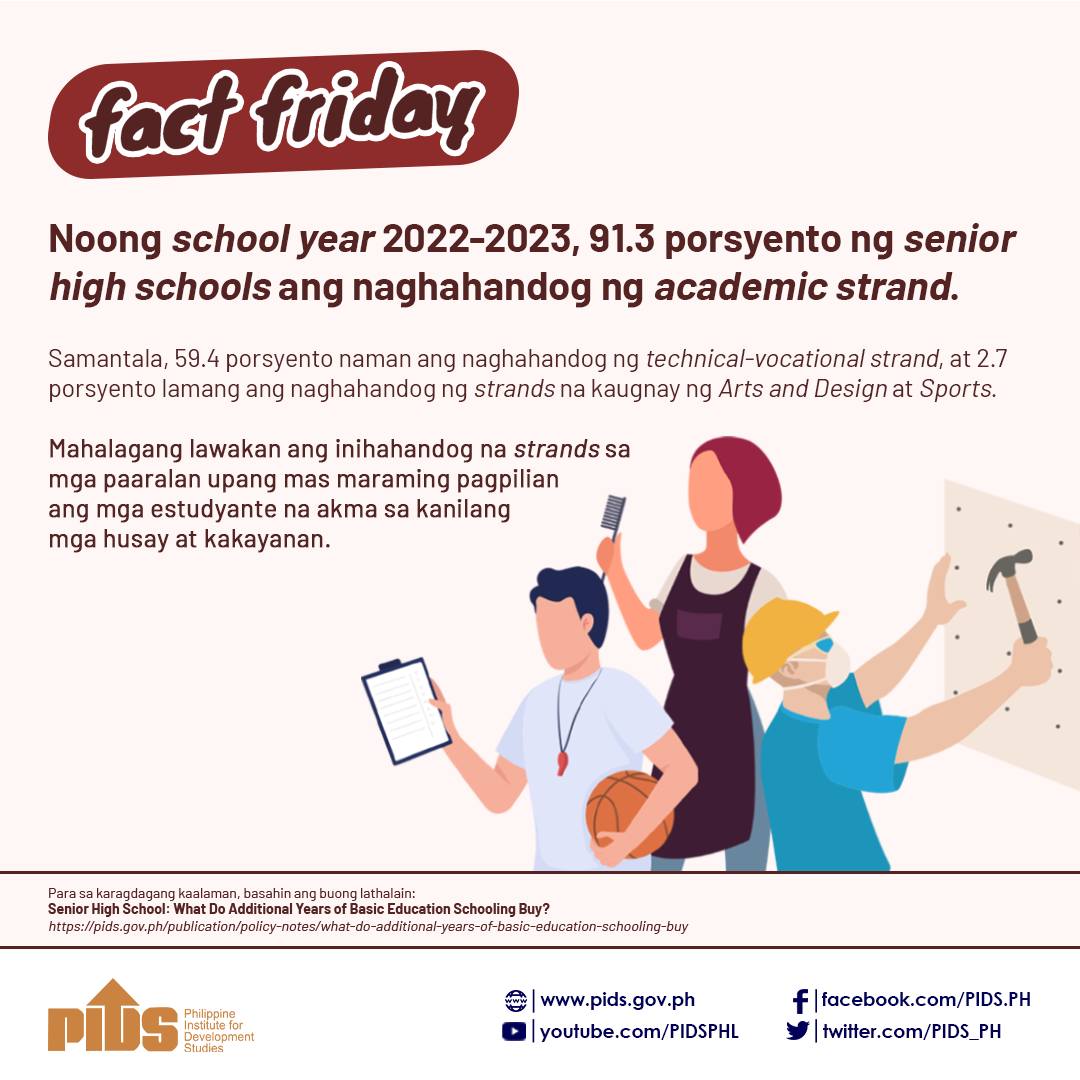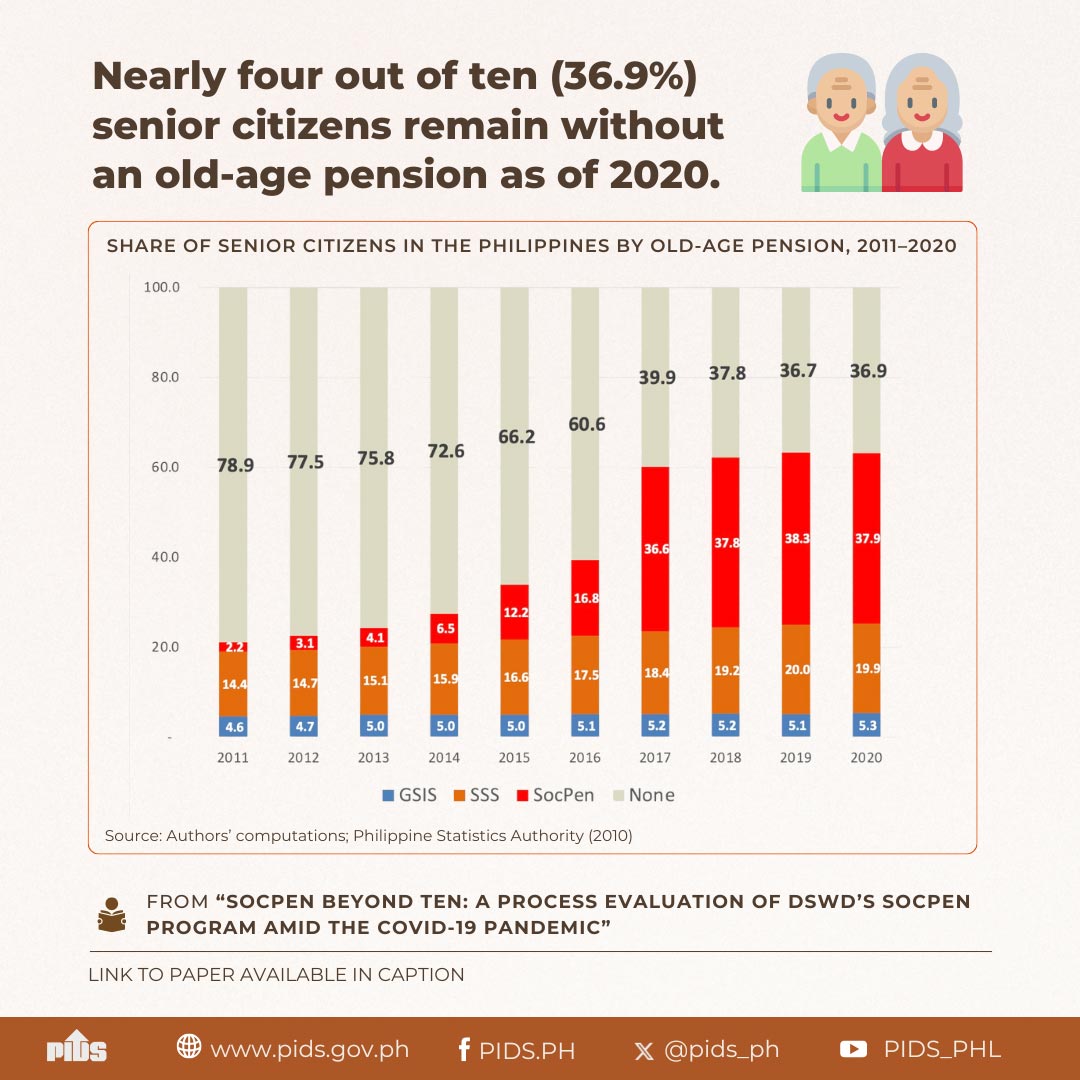The Department of Education said it is committed to improving the senior high school curriculum amid the high dissatisfaction with the current program.
This file photo taken by The Philippine STAR’s Walter Bollozos shows senior high school students taking part in their graduation rehearsal at the Concepcion Integrated School in Marikina City on July 5, 2023.
Only four of 10 Filipinos are satisfied with the senior high school (SHS) program, according to a Pulse Asia survey commissioned by Sen. Sherwin Gatchalian.
Gatchalian on Saturday, Sept. 2, said the survey conducted from June 19 to 23 showed that 41 percent of 1,200 respondents expressed satisfaction at their SHS program.
Meanwhile, 42 percent of the respondents said they are dissatisfied, while 16 percent said they are undecided.
The survey showed the failure of the SHS program to prepare the youth for college and eventually for work, Gatchalian said.
He cited a 2020 discussion paper by the Philippine Institute for Development Studies that showed that SHS graduates do not have a clear statistically significant advantage or disadvantage in terms of pay compared to Grade 10 and second-year college completers.
“The additional two years in high school was just an added financial burden to the parents,” Gatchalian said.
“There is dissatisfaction because the students do not see the benefits in the program,” he added.
Review
The Department of Education (DepEd) said it is committed to improving the SHS curriculum amid the high dissatisfaction with the current program.
“We have created the National Task Force to review the implementation of SHS program. Bureau of Curriculum Development has also started its review of the SHS curriculum following the revision of the K-10 (basic education) curriculum,” DepEd assistant secretary Francis Cesar Bringas said in a statement Saturday night.
The task force was created last May through a memorandum issued by Undersecretary for Curriculum and Teaching Gina Gonong, who cited the need to address emerging challenges in the implementation of the SHS program in public and private schools.
“As the nation strives for economic recovery and growth, it is becoming increasingly important for SHS graduates to have greater access to employment, entrepreneurship, advanced education and training,” she added.
The task force, to be chaired by Assistant Secretary for Curriculum and Teaching Alma Ruby Torio, was mandated to conduct a review on the SHS program and the existing program policies “to ensure consistency, responsiveness and relevance to the needs of the learners and stakeholders.”
It was also directed to gather and consolidate relevant data, develop policies and plans in anticipation of future needs, and coordinate with relevant offices in developing a database related to the SHS program.
The task force was also mandated to strengthen engagement with private sectors and various industries to improve employability of graduates, collaborate with partners in conducting studies relevant to the improvement of the SHS program, and leverage the support of local government units, other government agencies and external stakeholders to ensure the success of the program.
It was directed to submit a report on the accomplishments and outputs one year after its creation on or before May 12, 2024.
The task force was created weeks after former president and House Senior Deputy Speaker Gloria Macapagal-Arroyo filed a bill that would revamp the country’s basic education system.
If approved, Arroyo’s proposal would make Grades 11 and 12 – currently known as senior high school – mandatory only for those who wish to pursue college degrees, to be known as “post-secondary, pre-university education.”
It would return the basic education system to its previous setup, when students would be considered high school graduates after completing kindergarten, six years of elementary and four years of high school.
Gaps, issues
Initially implemented in 2016, the SHS program added two years in the country’s basic education system to align with international standards. It envisioned to produce “job-ready” SHS graduates.
But according to DepEd, several studies have shown that the program largely failed to deliver on this promise.
For instance, a tracer study of 2018 graduates found that a large majority or 83 percent pursued higher education instead of employment.
“The 2022 Labor Force Survey conducted by the Philippine Institute of Development Studies showed that only a small proportion of SHS graduates (a little over 20 percent) were able to enter the labor force with the majority (more than 70 percent) opting to continue with their education,” read Gonong’s memorandum.
“The Philippine Business for Education study indicated that out of the 70 leading companies across all sectors in the Philippines, only 20 percent were inclined to hire SHS graduates with most companies opting to hire job applicants with at least two years of college education, thereby effectively excluding SHS graduates,” it added.
Meanwhile, a study conducted by the Department of Labor and Employment in 2019 found that while employers are open to accepting SHS graduates, their options are limited to rank and file, blue-collar or clerical positions.
“This is due to their belief that college graduates are more competent and skillful in professional work and careers than SHS graduates,” the DepEd pointed out.
“In addition to the initial concerns of the SHS learners, the emergence of the COVID-19 pandemic has put tremendous pressure on learning outcomes, skills development, employment and the economy,” Gonong said in the memorandum. – With an additional report from Janvic Mateo

